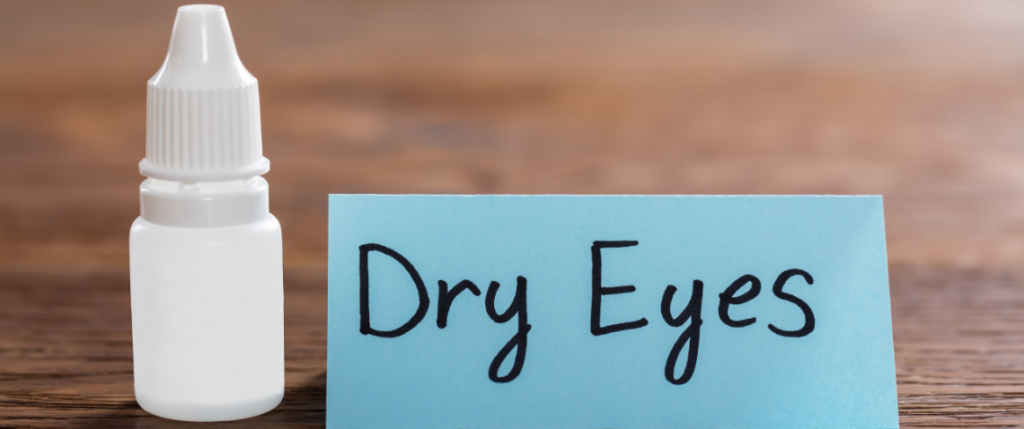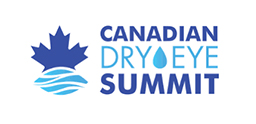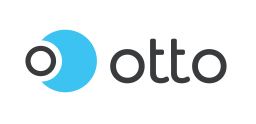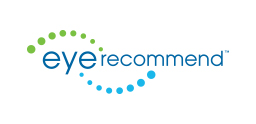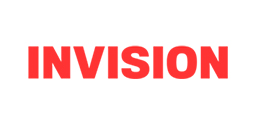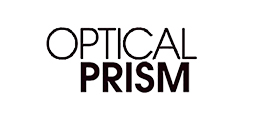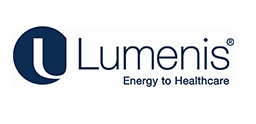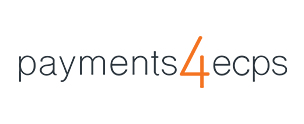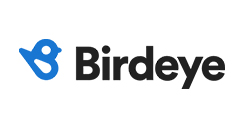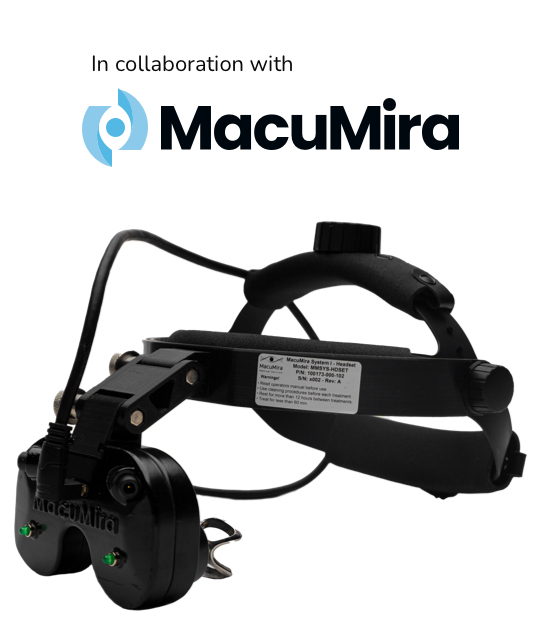The number of people suffering from dry eye disease (DED) is increasing, providing an important opportunity to serve a growing patient base. Some studies have estimated that nearly half of all adults experience dry eye symptoms. The market for dry eye treatment is estimated to reach USD 7.73 billion by 2026!
We’re guessing your practice would like to have a piece of that profit. But gaining a loyal patient base will take more than just offering dry eye treatment.
And that’s where we come in! We have years of experience in eye care marketing and we are the marketing partner of the Canadian Dry Eye Summit and MyDryEye.ca. We have conversations every day on marketing dry eye with our clients and we want to share what we’ve learned with you!
Here are our hottest tips for marketing dry eye treatment.
Market Symptoms
Most patients don’t realize that dry eye treatments exist or how your expertise can benefit them. Not to mention that without a formal diagnosis, people often chalk up their symptoms to spending too much time on the computer or simply getting older.
16 million Americans have been diagnosed with dry eye, but the actual number of people who have the condition in the US and Canada is much higher. So, how do you offer treatment for a disease your patient base doesn’t even know they have?
You market symptoms.
When you are marketing dry eye symptoms, try to keep it simple with minimal medical jargon. The goal here is to inspire your patients to have an “aha” moment where they realize they may be suffering from dry eye and should book an appointment with you.
Pose these questions in your marketing:
- Are your eyes feeling gritty?
- Are you experiencing stinging, burning or a scratchy feeling in your eyes?
- Are your eyes sensitive to light?
- Are you having difficulty wearing contact lenses?
Where is it most useful to market Dry Eye symptoms?
Patient Intake Forms:
Including a few common dry eye symptoms on your intake form will allow patients to disclose symptoms they may not have thought to bring up in their appointment. You then have the option to ask further questions immediately and get them set up on a treatment plan.
Or use the SPEED (Standardized Patient Evaluation of Eye Dryness) questionnaire. You can get a free download here.
In-Clinic Collateral:
Have posters or brochures inside your clinic that are eye-catching! Incorporating dry eye symptoms into this collateral will encourage patients to bring up any signs of dry eye they may be experiencing in their appointment.
Video Advertisements:
Video ads are a highly effective way of catching people’s attention and help you tell your brand story better than static ads and text. A short video highlighting common symptoms is a fun and engaging way to inform patients about your dry eye treatments. You can blast these videos out on your social media channels and run them as YouTube ads. Have TVs in your waiting room? Play the videos there.
Using videos allows you to showcase your personality as a clinic. Dry eye lends itself very well to humour. Check out these video ads we created for dry eye! They are bound to make you laugh (or at least smile) and can be branded specifically for your practice.
Static Banner Ads:
Another great way to create awareness is to create static banner ads that showcase dry eye symptoms. You can place these ads on thousands of websites used by prospective patients in your geographic area. One click on these ads brings them directly to a landing page on your website.
Want to know how to implement this for your practice? Don’t worry, we’ve got you covered. Check out our dry eye marketing options.

Market That It Can Be Treated
The next way you can get the most mileage out of your dry eye marketing is to highlight that it can be treated. New treatment options can get results like never before. Make sure your patients are well-informed on the new treatments available.
Unfortunately, many people believe their dry eye symptoms are just something they have to live with. Whether that perception is due to ineffective treatments in the past or just a misconception, you can shine a light on the fact that, especially if treated early, dry eye can be easy and straightforward to treat.
Sample Messaging:
- You don’t need to suffer from dry eye. We have all the latest treatments available. Book today!
- Tired of managing dry eye symptoms? Don’t wait! Find relief today.
- Are your eyes irritated or scratchy? You might have dry eye. Visit us today to find out.
Market Technology
With such cool and innovative dry eye technology available, showcasing it is a no-brainer for dry eye marketing. If you have invested in technology like an osmolarity unit such as TearLab or an OptiLight IPL, don’t be afraid to flaunt it.
This new technology, especially the IPL, can be very appealing to patients as it addresses meibomian gland dysfunction, the root cause of evaporative dry eye. Targeting the cause of dry eye can be incredibly exciting for those who are tired of managing symptoms with treatments like artificial tears, hot compresses, and eyelid scrubs.
Having cutting-edge technology sets you apart from the competition and solidifies you as an expert in treating dry eye disease. Just be sure to explain using the technology in simple terms and highlight the benefits the patient can expect to see. Making this information accessible will allow the patient to feel comfortable and confident with the treatment process.
Where Should You Market Dry Eye Technology?
We recommend explaining this technology in detail, so dedicating a page to these treatments on your website is essential. Include clear, accessible information on the technology, speed, results, etc. If the process may be hard to understand, try using an infographic.
Creating these pages will improve the user experience and drive more traffic to your website. You can begin to rank on Google based on your explanation of the technology and available treatments. That way, when people search for things like “dry eye treatments” or “IPL dry eye,” your website can be close to the top of the results.
Market Better Treatment Options
Not all drops are the same. You know that, but your patients probably don’t! When people start experiencing dry eye, they often go to their local drug store and pick standard drops. One study found that many people with dry eye complaints tried at least 3 different artificial tear products that didn’t provide relief.
You can use your expertise as an eye care professional to educate the public on what works and what doesn’t. Showcasing the difference between effective and ineffective drops can help people immensely and drive people to your clinic! Win-win.

Use Social Media
A great place to talk about treatments such as drops is on social media. Use both your Facebook and Instagram accounts to showcase effective and ineffective drops. People will appreciate you educating them on something that directly impacts their health and the quality of life. Plus, this helps establish you as both an expert and an influencer.
Talk About Digital Eye Strain
As you know, screen time is a factor that impacts dry eye prevalence and has resulted in many more young people reporting symptoms. A recent survey revealed that more patients present with screen-related eye problems, and 88% of ophthalmologists surveyed point to smartphone use as the cause of rising cases of dry eye disease.
You can use a discussion about digital eye strain as a segue into a dry eye discussion, as many millennial and Gen Z patients understand and experience the strain associated with device use. Talking about computer use and dry eye can be a great way to integrate the importance of preventative measures and early detection of DED.
Targeting a younger demographic can create loyal lifelong patients who are very likely to experience success with dry eye treatments.
Final Thoughts on Marketing Dry Eye Disease
Your patients don’t know what they don’t know. As an expert, you can educate your patients on how they can have the healthiest eyes possible. Plus, dry eye patients tend to be high-quality, more loyal, come to you more often, and refer more. Dry eye cases will continue to increase, making it a worthwhile investment for your practice to market your dry eye specialty. Our dry eye marketing programs don’t just educate your patients about the effects of dry eye, they also ensure your patients know that you are the dry eye expert in your area. Want to know more? Book a demo with us!


